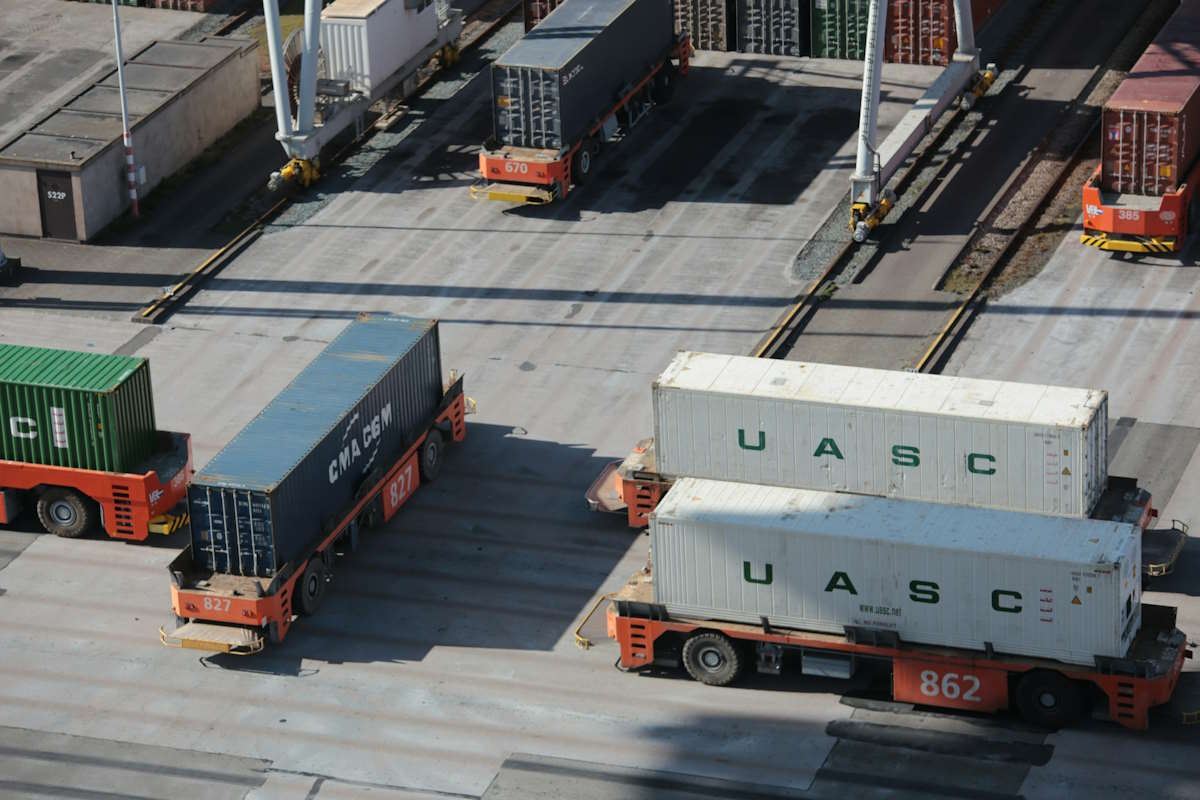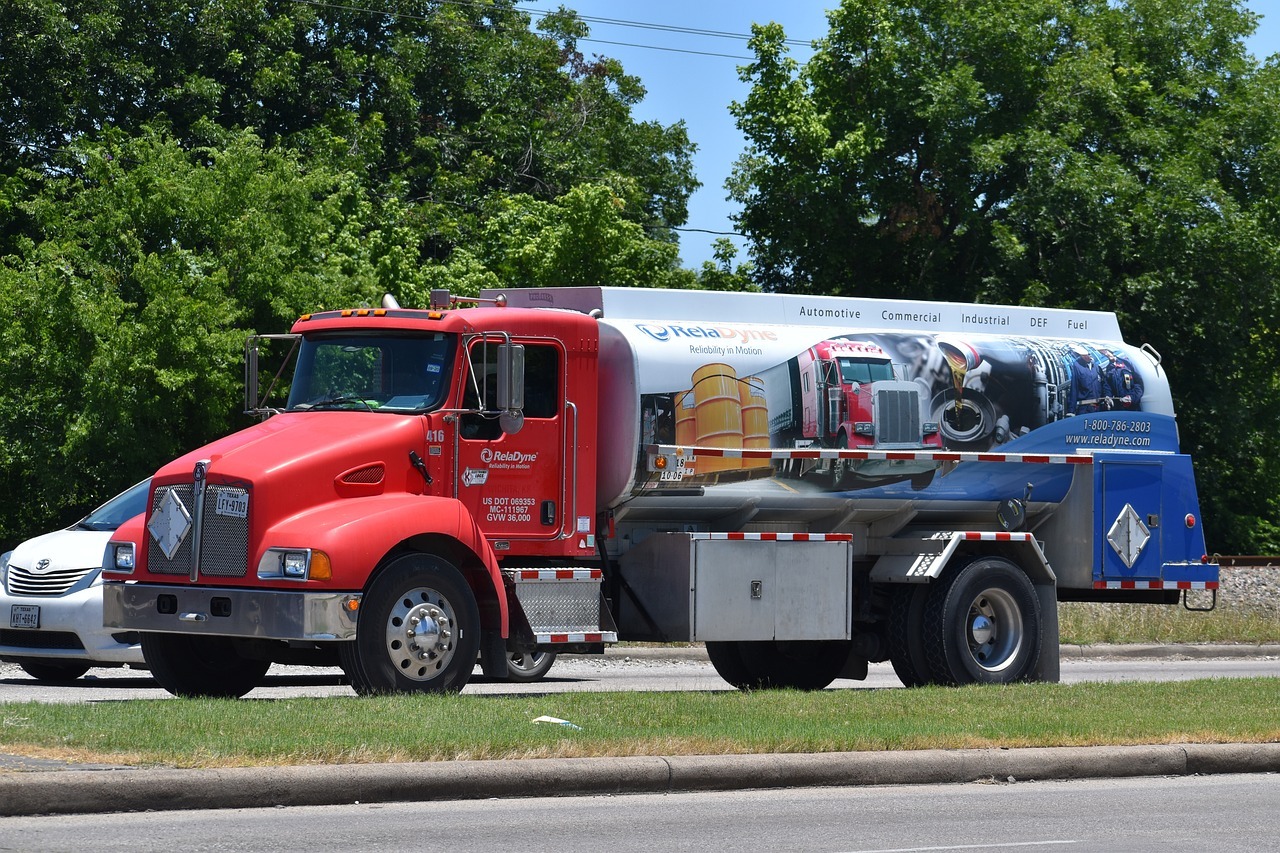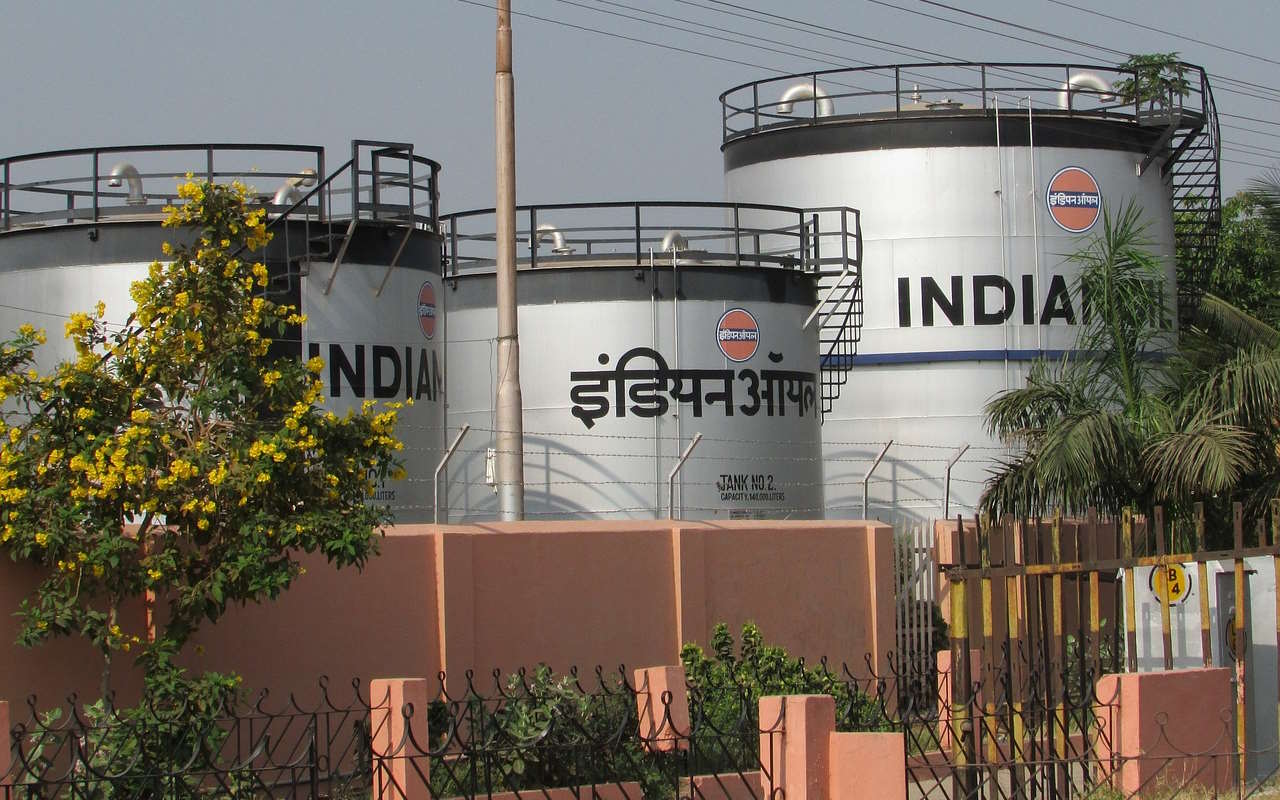As industries push efficiency limits, the demand for advanced pumping solutions grows. Companies face unique challenges in their operations, especially when dealing with harsh materials or chemicals. Traditional pumping systems may not always meet the rigorous demands required in these applications. Hence, implementing specialized pumps enhances productivity and significantly reduces downtime. This comprehensive exploration highlights various advanced pumping solutions that cater to industrial needs and focuses on understanding their functionalities.
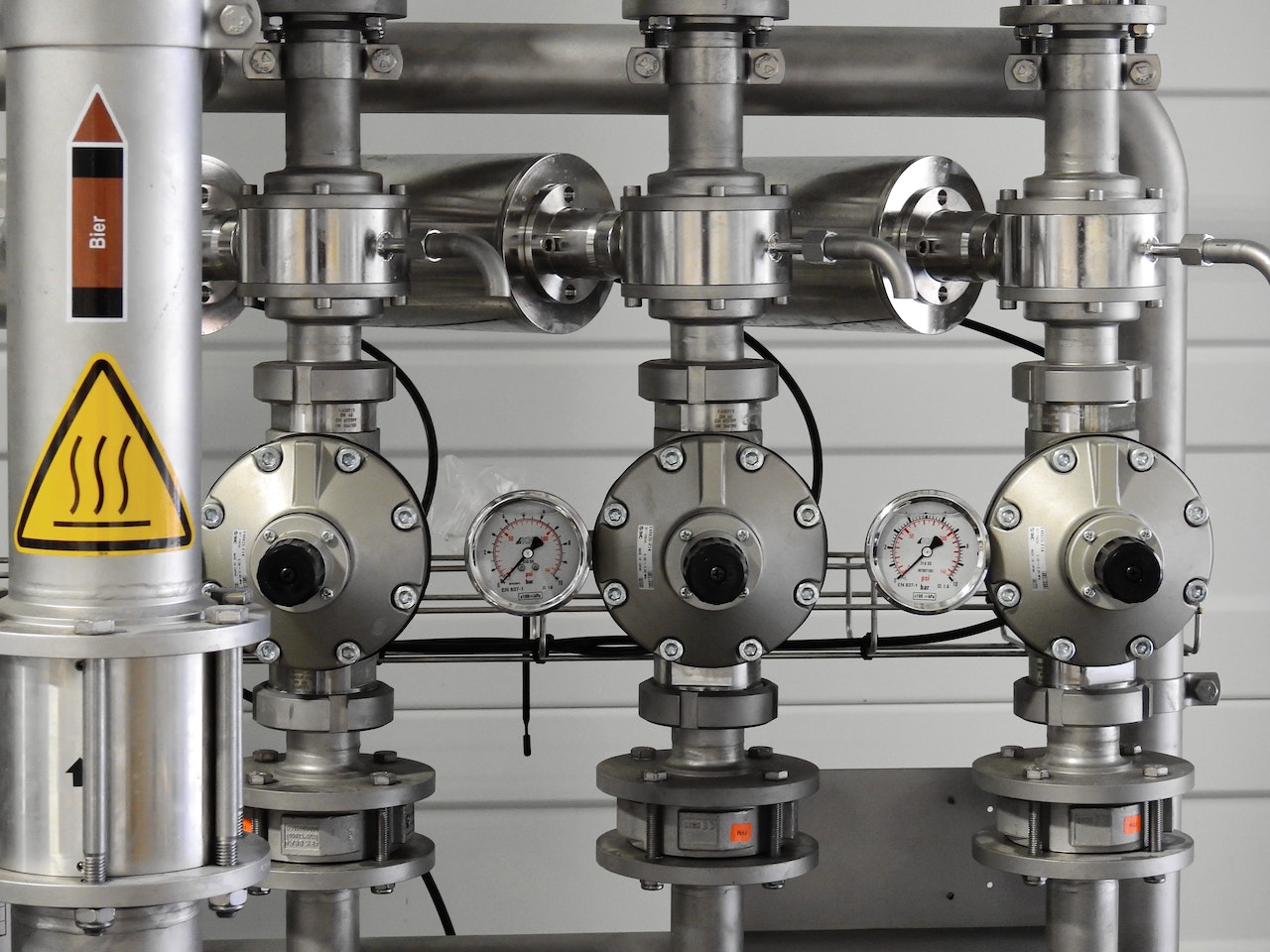
Understanding the Role of Advanced Pumping Solutions
Advanced pumping solutions must adapt to specific requirements across multiple industries, such as mining, chemical processing, and wastewater treatment. Each industry presents unique challenges; for example, a mining operation may deal with abrasive slurries, while wastewater treatment plants handle viscous sludge. Advanced pumps are engineered to withstand harsh environments and efficiently transport various substances. These solutions often include self-priming, vacuum, and peristaltic pumps, all designed for specific applications.
Innovative technologies enhance reliability and efficiency, enabling companies to meet tight production schedules. A key area of interest is researching the internet to know how sludge pumps work, as these devices play a crucial role in many industrial processes. Developing innovative pumping systems integrates IoT capabilities to monitor pump performance, reduce maintenance costs, and predict failures.
The Importance of Selecting the Right Pump Technology
Choosing the appropriate pump technology is essential for various industries. Potential users should understand flow rates, viscosity, temperature, and pressure conditions relevant to their applications. Pump technology ranges from centrifugal to positive displacement pumps, each with unique benefits and limitations. Centrifugal pumps are prime in scenarios requiring high flow rates, while positive displacement pumps excel in transferring viscous substances or maintaining consistent flow rates. Understanding material compatibility ensures that pumps meet the physical and chemical demands of the pumped fluids. Aligning pump selection with operational needs is crucial in optimizing performance and minimizing downtime.
Pump Maintenance: Ensuring Longevity and Performance
Regular maintenance of pumping systems guarantees longevity and optimal performance by preventing unexpected breakdowns. An effective maintenance program keeps pumps operating efficiently and reduces life cycle costs. Scheduled inspections and routine service checks help identify potential issues before they escalate. Key maintenance practices include monitoring seals for wear, checking bearings, and ensuring that pumps are adequately lubricated. With technological advancements, predictive data analytics maintenance has become increasingly common, allowing for data-driven decision-making. By adhering to a robust maintenance schedule, industries can ensure their pump systems remain reliable and efficient.
Innovation in Pump Design: Emerging Technologies
Pumping technology continues to evolve, driven by technological advancements and the need for better performance. Several exciting innovations represent the future of pump design. One promising direction involves developing more energy-efficient pumps to reduce operational costs significantly. Manufacturers increasingly focus on creating pumps with higher efficiency ratings and lower energy consumption. Applying materials such as advanced composites helps reduce weight while improving resistance to wear and corrosive substances. Another innovation area involves using data analytics and machine learning algorithms to optimize pump operations and predict maintenance needs. These advancements show considerable potential to enhance process efficiency and reliability.
Integrating Pumps with Automation Systems
Automation integration enhances pump performance and productivity across various industrial applications. Industries can remotely monitor operations and execute precise adjustments based on real-time data by connecting pumps with control systems. This connectivity allows for the creation of automated workflows that streamline production and enhance efficiency. Integrating pumps with systems helped respond quickly to fluctuations in demand or process conditions, reducing human error and improving consistency. Automated alarms and performance analytics can assist operators in proactively identifying and addressing issues. Combining automation and advanced pumping solutions ultimately increases operational efficiency and profitability.
Environmental Considerations and Sustainability in Pumping Solutions
Sustainability has become a top priority in various industries, and pumping solutions must adapt accordingly. Companies increasingly know their environmental impact and seek efficient, eco-friendly pumping solutions. The emphasis on sustainability leads to adopting technologies that minimize energy consumption and reduce waste. Many manufacturers are developing pumps that comply with stringent environmental regulations governing industrial operations. Industries can significantly reduce their carbon footprint by selecting energy-efficient pumps and employing innovative monitoring systems. This trend among manufacturers, consumers, and regulators reflects a growing understanding that sustainability is integral to future business strategies.
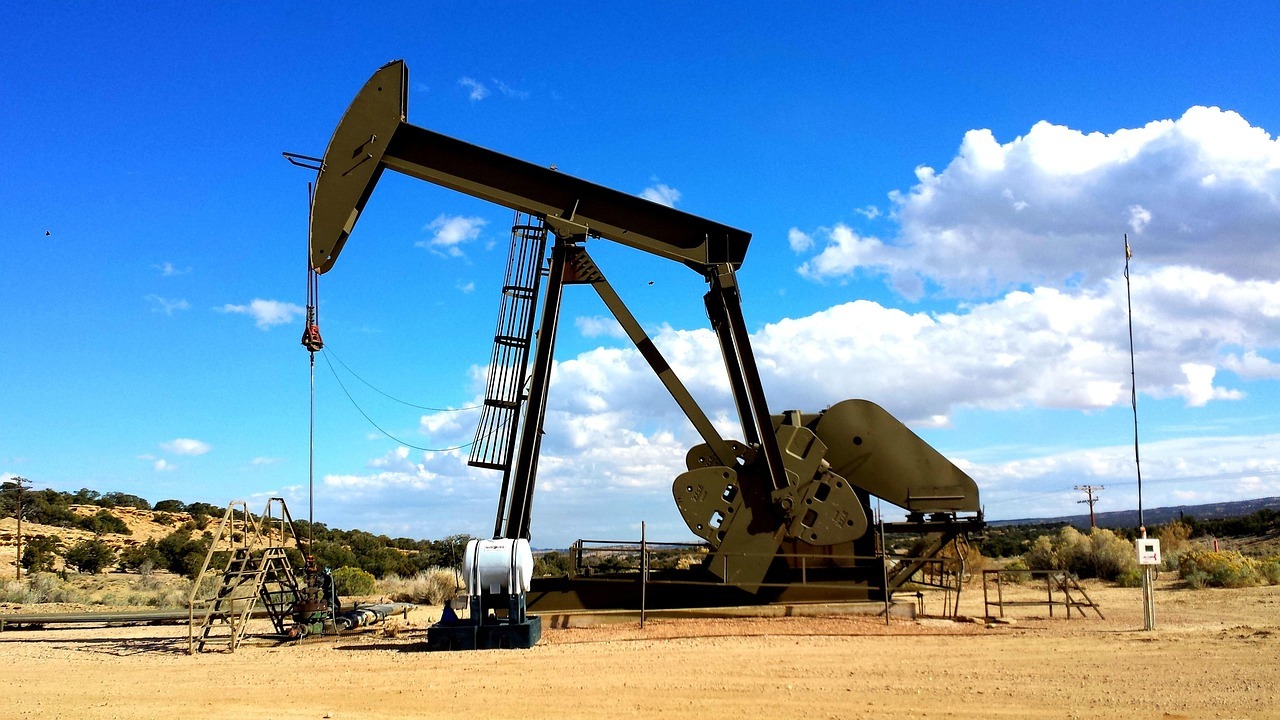
Choosing the right technology and practices is vital for operational success. Understanding pump functions, maintenance, automation, and sustainability opens avenues for improved performance. With ongoing innovations, industries can expect more efficient, reliable, and environmentally friendly solutions that meet their needs. Investing in advanced pumping solutions is beneficial for efficiency and aligns with a commitment to sustainability and operational excellence.











